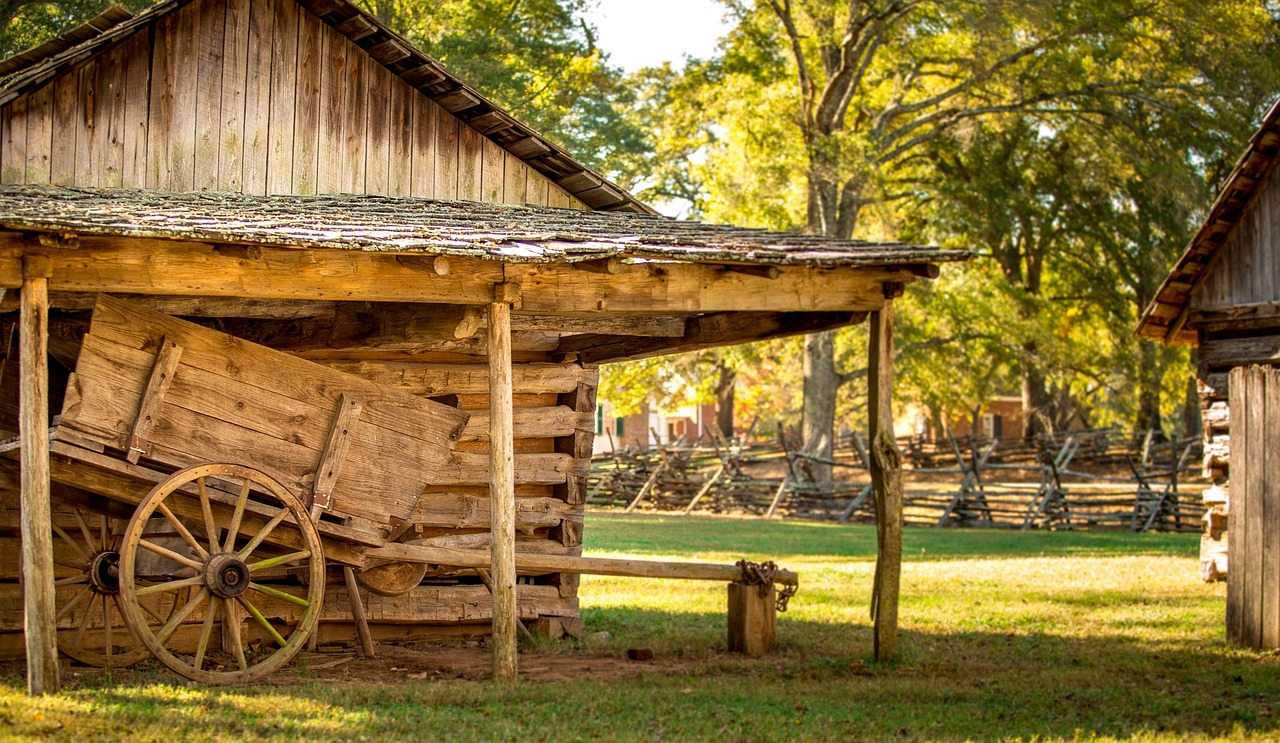Columbia Valley History

When Europeans and eastern North Americans began to find their way over the Rocky Mountains into the Columbia Valley, they found a place vastly different from today.
While the awe-inspiring peaks of the mountains remain similar, the benchlands above the Columbia River Wetlands were mostly grasslands, home to vast herds of elk, deer and even bison. And where those creatures roamed, so too hunted the great grizzly.
Most of the current natural attractions, such as the hot springs, were well-used by First Nations people. This is the Columbia Valley history . . .
The beginning
Legendary explorer, fur trader and cartographer David Thompson is considered the first white man in the region, crossing into the valley from the Blaeberry River drainage north of Golden in 1807. He and his bride Charlotte Small followed Metis guides along a route from Rocky Mountain House. Once in the valley they paddled upstream to Invermere and established Kootenae House close to where Toby Creek enters the Columbia. Thompson mapped, trapped and star-read in the region, making trips to the Kootenay River Valley and further south into the U.S.
While at Kootenay House, Thompson learned of the great naval battle of Trafalgar, in which victorious British Admiral Lord Horatio Nelson died. To honour him, Thompson named the dramatic Purcell Mountain peak that towers above Invermere Mt. Nelson. After two years in the valley, Thompson returned to Rocky Mountain House, and later back east to Montreal. In 2007, Thompson‘s bicentennial and a great array of special celebrations were observed.
Word of the fur-rich valley became known among Hudson‘s Bay and Northwest Trading Company barons and whisperings of gold and riches began to lure settlers here. More than 30 years after Thompson departed, James Sinclair of the Hudson‘s Bay Company, left Fort Garry in the Red River territory (now Manitoba) with settlers bound for the Oregon Territory. Their trek through what is now Kootenay National Park brought them by the Radium Hot Springs and into the valley. A dip in the hot springs at Fairmont, was an expedition highlight for Sinclair.
Father Pierre Jean DeSmet, whose exploits dot the histories of communities along the Missouri River basin and throughout the U.S. Rockies, also ventured into the valley in the early 1840s. Greeting DeSmet was the person considered the first white settler, Francois Morigeau, who in 1819, hung his hat along Windermere Creek.
In 1859, famous explorer Capt. John Palliser, brought an expedition through the valley and down the river that now bears his name.
First settlements
Settlement remained sparse, with the only people making camp in the valley a hardy bunch – usually seeking gold and furs. The 1864/65 Wild Horse gold rush brought thousands of fortune seekers and settlers to what is now the Fort Steele area. Others ventured farther north to the Columbia Valley and began exploring the rugged drainages, hoping for the motherlodes that for the most part eluded them. Perhaps the greatest find was this sheltered, temperate area, with its lakes and wildlife-rich wetlands.
From 1865 to 1880, homesteaders slowly began to stake out a lasting presence – from Canal Flats to Spillimacheen and in select high country mine sites. The first permanent settlement in the valley was Peterborough (now Wilmer) – a home for miners, prospectors, ranchers, cowboys, trappers, loggers and some of the first business people, such as George Starke, who opened the Delphine Lodge (pictured above) in the late 1880s. The settlement reached its peak in the late 1890s and soon the lakeside and lakeview communities of Athalmer and Invermere began to draw more interest.
Steamboats and sternwheelers plied the shallow Columbia, serving as the best way to get to the valley, with people taking the CPR to Golden, then catching lifts with Capt. Francis P. Armstrong, who launched the “Duchess” in 1886, and the “Gwendoline” on the Kootenay River in 1893.
Twenty years later the CPR chugged south from Golden and the valley‘s economic fortunes began to surge. Robert Randolph Bruce (1885), played a major role in the establishment of Peterborough, as well as Windermere and Fairmont. With the railway able to increase the amount of goods and services to and from the valley, he established the Columbia Valley Irrigated Fruitlands Co. (CVIFC) in 1911. Bruce and business partner W.H. Cleland envisioned the area becoming a fruit growing haven. The Toby Benches are rife with old irrigation channels, trails and remnants of a flume. The CVIFC was responsible for bringing hundreds of immigrants from Great Britain, seeking rich, fertile farmland. However, many were disappointed and left for home between 1914-1918, but Bruce, Cleland and other valley builders such as B.G. Hamilton, Major T.C. Bell and A.E. Fisher remained.
The auto age was fast approaching and Bruce knew that for the valley to keep up, it needed a highway to connect it with the east. Years of intense lobbying with the provincial and federal governments finally paid off for Bruce and valley residents, when the Banff-Windermere Highway was finished in 1923.
Since then, business leaders such as the Wilder brothers, Bud Cleland, Chris Madson, Charlie Osterloh, Dunc McIntosh, and others, made the most of the valley‘s natural assets, beauty and a warmer, drier climate and began to fine-tune the area‘s economy toward tourism.
Questions about Columbia Valley history? Contact us for information on homes in Invermere and the Columbia Valley.
read about Mount Swansea‘s history
Some earlier history of Swansea Mountain … The mountain range to the east of Lake Windermere is the Stanford Range of the Rockies. It includes Swansea Mountain and Mt. Tegart. They are not much more than the foothills to the higher peaks beyond.
Swansea’s height is 5,655 ft. and Mt. Tegart is 7,810 ft. Mt. Tegart is named for the early day settler, Walker Tegart. Swansea is named by Sam Brewer because of the copper mined there years ago. The copper was taken to Swansea in Wales for concentration.
Years ago an interesting visitor from Wales told me that Wales was long ago named Sweyne’s Eye by the Vikings.
In 1891, the mountain was known as Windermere Mountain. During that year, a trail was constructed to the summit to reach the copper mine owned by Brown, McVittie and Brewer. During that year some 50 tons of copper ore were packed down the trail by packhorses, carrying ordinary pack loads.
At the Salmon Beds (Athalmer), the ore was shipped by barge to Golden, then by train to Vancouver and by sea to Wales. In spite of the circuitous route, the ore was mined at a profit.
In 1879, the Swansea claims were owned by Sam Brewer, Ben Abel, Joe Lake and G.S. Carter. Brewer held two fifths interest and the others each one fifth.
In 1898, a large crew of men was employed in developing the property under the management of Mulholland of Rossland. About this time, a “go-devil” (a mountain sleigh) was used to take the ore to the barges on the river.
In 1924, when the forestry built a lookout hut on the mountain summit, a metallic telephone line was strung on trees along the old pack trail for the use of the lookout man.
The hut had one room, with little space for domestic equipment. Except for a bunk, table, chair and stove, the space was filled with an Osborne fire finder, an instrument invented by the U.S. Forest Service for locating forest fires. It was set astronomically north and south and sighted like a rifle to bearings.
The equipment also included powerful binoculars and a set of hazard sticks. These were fir sticks, weighing exactly 100 grams when dry. They were weighed five times daily in the fire season to measure the amount of moisture absorbed by the dry fir which would give some indication of dryness on the forest floor.
Records were kept four times daily of sky conditions, wind direction, velocity and humidity.
The lookout man was kept busy and he was in constant touch with the local forest service by telephone and later by radio. His radio reception was excellent, except during electrical storms.
Tex Woods, a lookout man I once interviewed, told me electric storms were alarming. He said the hut had been hit a number of times. If he had to transmit during an electrical storm, he sat on a wooden chair, which had its legs in glass insulators.
It was a time of great concern as every lightning flash was a potential forest fire.
There was also a water source at the summit of Swansea. Water had to be carried up the last steep climb, and Vernon Wood would leave empty pails at the spring when he got his water.
There have always been many visitors to the summit of Swansea, for there the geography of the Valley below is spread like a map.
The view is spectacular and well worth the effort in getting there.
By Winifred Weir

SEAN ROGGEMAN
250-341-5445
sean@rockieswest.com
INVERMERE REAL
ESTATE OFFICE
492 Highway 93/95
Invermere, BC V0A 1K2
FAIRMONT REAL
ESTATE OFFICE
#3, 5019 Fairmont Resort Rd
Fairmont Hot Springs
BC VOB 1L1
